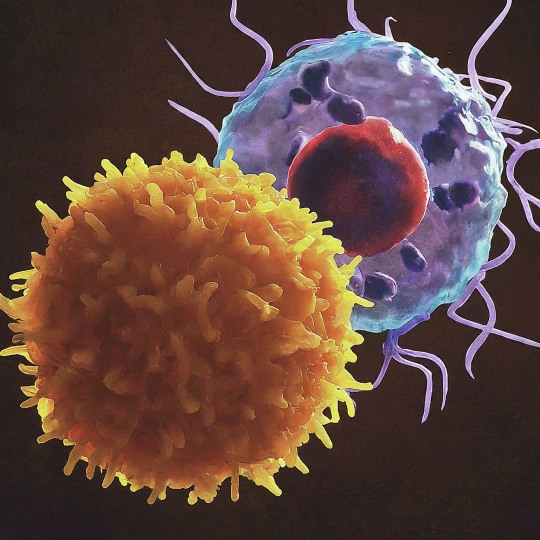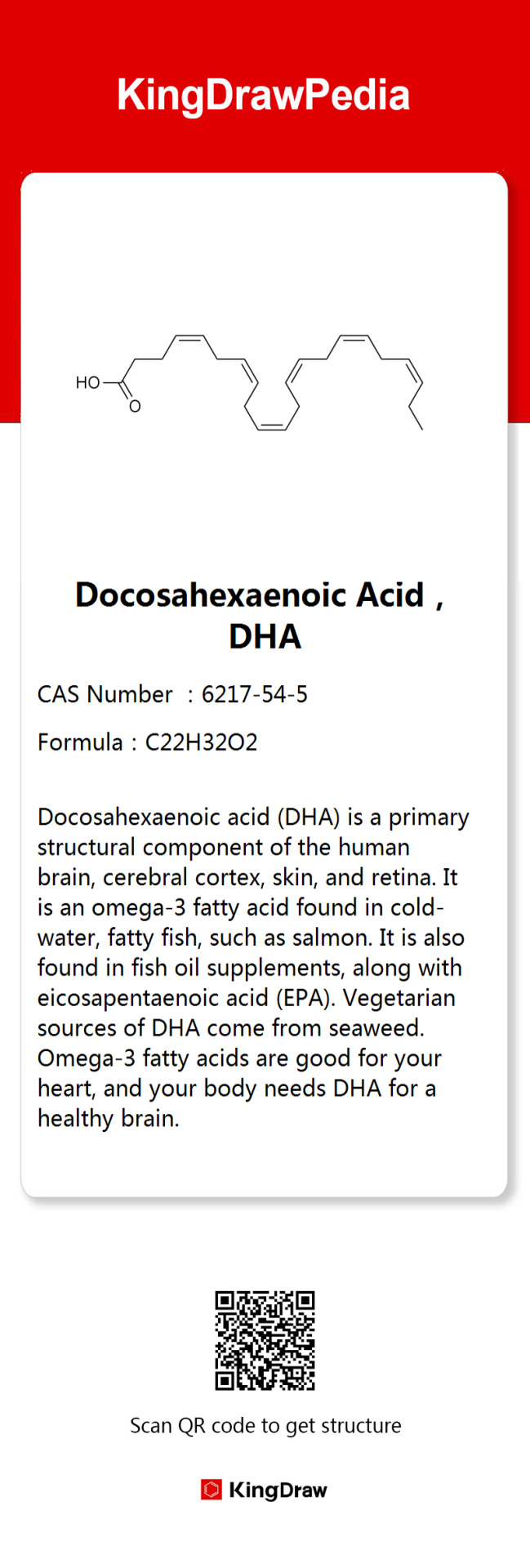#human health
Text
instagram

#palestine#i stand with palestine 🇵🇸#free gaza#free palestine 🇵🇸#gaza#gaza strip#free palestine#palestine resources#gazaunderattack#israel is committing genocide#childrens rights#human rights#children health#human health#Instagram
1K notes
·
View notes
Text
Do people know most paper receipts are harmful to their health?
I'm going to get up on my soapbox for a minute, but do people realize how pretty much everyone is being overloaded with endocrine disruptors like BPA/BPS on a near-daily basis??
I don't think many people understand that ever since most of the world transitioned to thermal paper receipts (cheaper than ink), almost every receipt you handle from the gas station to the grocery store to the Square terminal printer at the local co-op is coated with Bisphenol-A (BPA) or its chemical cousin Bisphenol-S (BPS).
These chemicals have not only been proven to cause reproductive harm to human and animals, they've also been linked to obesity and attention disorders.
Not sure if your receipt is a thermal receipt? If you scratch it with a coin and it turns dark, it's thermal.
BPA/BPS can enter the skin to a depth such that it is no longer removable by washing hands. When taking hold of a receipt consisting of thermal printing paper for five seconds, roughly 1 μg BPA is transferred to the forefinger and the middle finger. If the skin is dry or greasy, it is about ten times more.
Think of how many receipts you handle every day. It's even worse for cashiers and tellers, who may handle hundreds in a single shift. It is also a class issue, since many people who work retail and food service are lower-income and will suffer worse health consequences over time from the near-constant exposure.
Not only that, receipts printed with thermal ink are NOT recyclable, as they pollute the rest of the paper products with the chemicals.
People don't know this and recycle them anyway, so when you buy that "green" toilet paper that says "100% recycled"? Yup, you are probably wiping your most sensitive areas with those same chemicals (for this reason, I buy bamboo or sugarcane toilet paper as a sustainable alternative to recycled paper).
This page from the Minnesota Pollution Control Agency has some good links if you want to learn more.
As consumers, we need to demand better from our businesses and from our governments. We need regulation of these chemicals yesterday.
If you are a buyer or decision-maker for a business, the link above also contains a shortlist of receipt paper manufacturers that are phenol-free.
If you work at a register, ask customers if they want a receipt. If they don't and you can end the transaction without printing one, don't print one!
As a consumer, fold receipts with the ink on the inside, since that's where the coating is. Some more good tips here.
And whatever you do, DO NOT RECYCLE THERMAL RECEIPTS
#i realized the other day that lots of ppl i talked to had no idea this was even a thing#important psa#demand more from your retailers and governments#environment#bisphenols#bpa free#bpa/bps#retail#food service#shopping#working class#capitalism#endocrine disruptors#endocrine disorders#adhd#eco lifestyle#environmental pollution#pollution#toxic chemicals#reproductive health#science#health#environmentalism#eco conscious#human health#consumer goods#consumer awareness#green living#green business#ecofriendly
160 notes
·
View notes
Text
instagram
the leaflets are back folks
israel is once again dropping leaflets and telling people to evacuate to a "safe zone"
this is actively happening in the previous "safe zone" in the south that is no where near safe and has been under constant bombing ever sense the genocide started. including bombing the path israel included on the previous leaflets as "safe" as people were crossing it
the leaflets are this time being dropped around the nassir medical complex, signaling another "we are looking for the hamas under the hospital" stunt to play all over again
these leaflets are BULLSHIT
they are excuses for israel and zionists to go "look at how very moral we are as we actively destroy a fucking civilian area. we are totally not committing a genocide you guys".
declaring an area or path safe as you are actively bombing is straight up LYING
DON'T STOP TALKING ABOUT PALESTINE
#ceasefire now#human rights#us politics#yemen#tel aviv#human health#children health#childrens rights#gaza strip#palestine resources#israel is committing genocide#gazaunderattack#israel is a terrorist state#israeli terrorism#palestine#free palestine#gaza#free gaza#israel#jerusalem#social justice#colonialism#imperialism#Instagram
196 notes
·
View notes
Text

The T Cell Landscape
T cells, a critical component of the adaptive immune system, stand as the body's elite force in combatting infections and diseases. These specialized lymphocytes boast remarkable diversity, each type playing a distinct role in orchestrating a targeted and effective immune response.
T cells, like all blood cells, originate from hematopoietic stem cells residing in the bone marrow. However, their training ground lies within the thymus, a specialized organ located in the chest. Here, they undergo a rigorous selection process known as thymocyte education. During this process, immature T cells, called thymocytes, are presented with self-antigens (molecules unique to the body) by special cells. Thymocytes that bind too strongly to these self-antigens are eliminated, preventing them from attacking healthy tissues later. Only thymocytes that demonstrate the ability to recognize foreign invaders while exhibiting tolerance to self are released into the bloodstream as mature T cells.
Following this rigorous training, mature T cells exit the thymus and embark on their patrol, circulating throughout the bloodstream and lymphatic system. They remain vigilant, constantly scanning for their specific targets – antigens. Antigens are foreign molecules, such as fragments of viruses, bacteria, or even cancerous cells, that trigger the immune response.
The hallmark of a T cell is its T cell receptor (TCR), a highly specialized protein complex embedded on its surface. This receptor acts like a lock, uniquely shaped to fit a specific antigen, the "key." Each T cell develops a unique TCR capable of recognizing only a single antigen, enabling a highly specific immune response.
But how do T cells encounter these hidden antigens lurking within infected or cancerous cells? This critical role is played by antigen-presenting cells (APCs). APCs, such as macrophages and dendritic cells, engulf pathogens or abnormal cells, break them down into smaller fragments (peptides), and present them on their surface complexed with major histocompatibility complex (MHC) molecules. MHC molecules act as identification tags, allowing T cells to distinguish between "self" and "non-self." When a T cell's TCR encounters its specific antigen bound to an MHC molecule on an APC, a dance of activation begins. The T cell becomes stimulated, and a cascade of signaling events is triggered. This leads to the T cell's proliferation, producing an army of clones specifically tailored to combat the recognized threat.
T cells are not a single, monolithic entity. They comprise a diverse population, each type with a specialized function:
Helper T Cells (Th Cells):
Helper T cells, often abbreviated as Th cells, play a central role in coordinating immune responses. They express the CD4 surface marker and can recognize antigens presented by major histocompatibility complex class II (MHC-II) molecules. Subtypes of helper T cells include Th1, Th2, Th17, and regulatory T cells (Tregs), each with distinct functions and cytokine profiles.
Th1 cells mediate cellular immunity by activating macrophages and cytotoxic T cells, crucial for defense against intracellular pathogens.
Th2 cells are involved in humoral immunity, promoting B cell activation and antibody production, thus aiding in defense against extracellular parasites.
Th17 cells contribute to the immune response against extracellular bacteria and fungi, producing pro-inflammatory cytokines. Regulatory T cells (Tregs) maintain immune tolerance and prevent autoimmunity by suppressing excessive immune responses.
Cytotoxic T Cells (Tc Cells):
Cytotoxic T cells, also known as Tc cells or CD8+ T cells, are effector cells responsible for directly killing infected or aberrant cells. They recognize antigens presented by MHC class I molecules on the surface of target cells. Upon activation, cytotoxic T cells release perforin and granzymes, inducing apoptosis in target cells and eliminating the threat.
Memory T Cells:
Memory T cells are a long-lived subset of T cells that persist after the clearance of an infection. They provide rapid and enhanced immune responses upon re-exposure to the same antigen, conferring immunological memory. Memory T cells can be either central memory T cells (TCM), residing in lymphoid organs, or effector memory T cells (TEM), circulating in peripheral tissues.
γδ T Cells:
Unlike conventional αβ T cells, γδ T cells express a distinct T cell receptor (TCR) composed of γ and δ chains. They recognize non-peptide antigens, such as lipids and metabolites, and are involved in immune surveillance at epithelial barriers and responses to stress signals.
Beyond the Battlefield: The Expanding Roles of T Cells: The remarkable capabilities of T cells have opened doors for several groundbreaking applications in medicine:
Vaccines: By presenting weakened or inactivated forms of pathogens, vaccines "train" the immune system to generate memory T cells. This prepares the body to recognize and rapidly eliminate the real pathogen upon future exposure, preventing disease.
Cancer immunotherapy: CAR T-cell therapy, a revolutionary approach, genetically engineers a patient's own T cells to express chimeric antigen receptors (CARs) that recognize and target specific cancer cells. These "supercharged" T cells are then reintroduced into the patient, unleashing a potent attack against the tumor.
Autoimmune disease treatment: Researchers are exploring ways to manipulate T cells to suppress harmful immune responses that underlie autoimmune diseases like rheumatoid arthritis and multiple sclerosis.
The diverse array of T cells underscores the immune system's complexity and adaptability in mounting tailored responses against a myriad of threats. From orchestrating immune reactions to maintaining tolerance and establishing long-term immunity, T cells play multifaceted roles in safeguarding the body's health. Understanding the intricacies of T cell biology not only sheds light on immune-mediated diseases but also paves the way for developing novel therapeutic strategies harnessing the power of the immune system.
T cells represent a fascinating aspect of immunology, with their diversity and specificity driving the complexity of immune responses. As research advances, further insights into T cell biology promise to revolutionize immunotherapy and enhance our ability to combat diseases ranging from infections to cancer. By understanding and harnessing their power, we can unlock new avenues for protecting and improving human health.
#science sculpt#life science#science#molecular biology#biology#biotechnology#artists on tumblr#t cells#T helper cells#autoimmune#autoimmunity#helathcare#immunology#immunotherapy#medical care#cancer#human health#research#scientific research#the glass scientists#scientific illustration#research scientist
10 notes
·
View notes
Text
Acetylcholine

Patreon
#studyblr#notes#my notes#medblr#medical notes#pathology#pathology notes#pathophysiology#pathophysiology notes#health and disease#diseases#disorders#human health#human disease#human pathology#human disorders#diseases and disorders#clinical pathology#clinical health#clinical disease#premed#mcat#mcat biology#medical biology#bio#biology#mcat bio#human pathophysiology#note cards#flash cards
8 notes
·
View notes
Text

#literature#spilled thoughts#nature#poem#thethoughtinthebackofyourhead#heartbreak#poems on tumblr#love poem#nostaliga#poetry#childhood#pain#late night#night#street photography#winter#human emotions#human health#human heart#reminder#remember#nostaligiacore#nostalgic#nostalgia#in the past#past life#cruel
14 notes
·
View notes
Text
Common cat-borne parasite is positively associated with frailty in older adults https://medicalxpress.com/news/2023-11-common-cat-borne-parasite-positively-frailty.html
11 notes
·
View notes
Note
Person with vestibular migraines. I was looking at Munna/ Musharna as a possibility, so thank you for confirming that I was on the right track. Any tips for caring for these guys? I want to make sure that I give them the best possible life since they'll be helping me with getting through my days with dizziness issues.
I'm glad to hear it's what you need!
Well I'm not from Unova (Sinnoh born and raised) so I don't have a ton of experience with rasing and training them, so for a bigger detailed list you might wanna ask some Rangers from there. At the very least, I can get you started.
They can actually gain a lot of their sustenance from eating dreams, usually nice dreams.
It seems like they get nutrients from a weird combination of the serotonin produced from humans in combination with the mist they produce. (Psychic types, am I right?)
They also do well with eating food like most pokemon, however you should keep in mind that a pokemon that's being trained with the intent of being a service pokemon, will need to go through a lot of education first.
Because of this, you'll need to talk with your doctor and understand things you'll need like meds, tools or any kind of special care you might need, and have your partner be trained in how to respond to them.
You should also know that they can be prone to a "Sleep Bomb" defensive maneuver where if they get scared, stressed or overwhelmed, they might release a large amount of their mist to stun or out their enemies to sleep.
Care should t be too hard once you know your partners personality and begin training together.
I hope it all goes well for you!

#ranger rai#pokemon ranger#the ranger base#pokemon#ask me anything#ask me a question#unova#munna#musharna#psychic type#human health#service pokemon#its always nice to know what good is being done in the world
7 notes
·
View notes
Text

14 notes
·
View notes
Text
instagram



#childrens rights#children health#human rights#human health#palestine#i stand with palestine 🇵🇸#free gaza#free palestine 🇵🇸#gaza#gaza strip#free palestine#palestine resources#gazaunderattack#israel is committing genocide#israel is a terrorist state#israel terrorist#Instagram
246 notes
·
View notes
Text
Seeing as how my post is getting low engagement, I'm curious:
Bonus: reblog with your answer and if you like, your home country.
#i realized the other day that lots of ppl i talked to had no idea this was even a thing#demand more from your retailers and governments#important psa#reblog for a bigger sample size#environment#bisphenols#bpa free#bpa/bps#retail#food service#shopping#working class#capitalism#endocrine disruptors#endocrine disorders#adhd#eco lifestyle#environmental pollution#pollution#toxic chemicals#reproductive health#science#environmental activism#environmental justice#health#environmentalism#eco conscious#human health#consumer goods#consumer awareness
17 notes
·
View notes
Text
instagram
#palestine#free palestine#gaza#free gaza#israel#jerusalem#social justice#colonialism#imperialism#ceasefire now#human rights#us politics#yemen#tel aviv#human health#children health#childrens rights#i stand with palestine 🇵🇸#gaza strip#palestine resources#israel is committing genocide#gazaunderattack#israel is a terrorist state#free palestine 🇵🇸#israeli terrorism#Instagram
99 notes
·
View notes
Text

In this entry, I will document notes on an emerging topic:
Scientists in the health industry may seek to collaborate with the beekeeping industry for pathogen surveillance.
Like a cotton swab, the fuzzy body of a bee collects microbes and other tiny particles while it forages for food and resources. The sample size appears large enough for scientists to detect illnesses and threats amongst a human population.
According to editor Linda Poon for Bloomberg, "the study has begun in New York City where researchers were able to find a diversity of species- including bacteria associated with plants- and human-related pathogens." In Venice, Italy, researchers have collected samples containing fungi related to wood rot where residence buildings sit atop wooden pilling submerged in water.
Similarly, in Tokyo, Poon states that researchers have found genetic traces of a fermenting yeast commonly used in soy sauce production and miso paste.
(How fascinating!)
Reference: https://www.bloomberg.com/news/articles/2023-03-30/honeybees-are-predictors-of-a-city-s-health-new-research-finds
#cherish-a-bee#protect the bees#save the bees#environmental sustainability#world bee day#honey bees#honeybee#bees art#bees#beekeeping#bee lovers#bee awareness#human health
11 notes
·
View notes
Text
Hypokalemia Causes
-- gastrointestinal issues
-- periodic paralysis
-- insulin excess
-- renal problems
-- hypothermia
-- aldosterone
-- Cushing's syndrome
-- diuretics
-- insufficient intake
-- alkalosis
-- elevated beta-adrenergic activity
.
Patreon
#studyblr#notes#my notes#medblr#medical notes#pathology#pathology notes#pathophysiology#pathophysiology notes#health and disease#diseases#disorders#human health#human disease#human pathology#human disorders#diseases and disorders#clinical pathology#clinical health#clinical disease#premed#mcat#mcat biology#medical biology#bio#biology#mcat bio#human pathophysiology#note cards#flash cards
10 notes
·
View notes
Text
Chemistry in nutritional products

Docosahexaenoic acid (DHA) is important in nutritional products, which is well-known as the “brain gold” and is an omega-3 fatty acid that is a primary structural component of the human brain, cerebral cortex, skin, and retina.
But why is DHA essential for human health? DHA is a primary structural component of the human brain, cerebral cortex, skin, and retina. It is an omega-3 fatty acid found in cold-water, fatty fish, such as salmon. It is also the polyunsaturated fatty with the highest concentration in the brain (40%) and retina (60%), which is a necessary component of the development and functional maintenance of brain and nervous tissue. Most animals rarely produce DHA by metabolism, so additional dietary supplements are needed. The food with the highest DHA content is Marine cold-water fat fish, including tuna, sardines, salmon, etc.

#dha#nutrition#salmonfishing#fish#tuna#sardines#marine#human health#brain health#organicchemistry#chemistry#chemblr#biochemistry#animals#factsmatter#did u know#stem studyblr#stemblr
4 notes
·
View notes